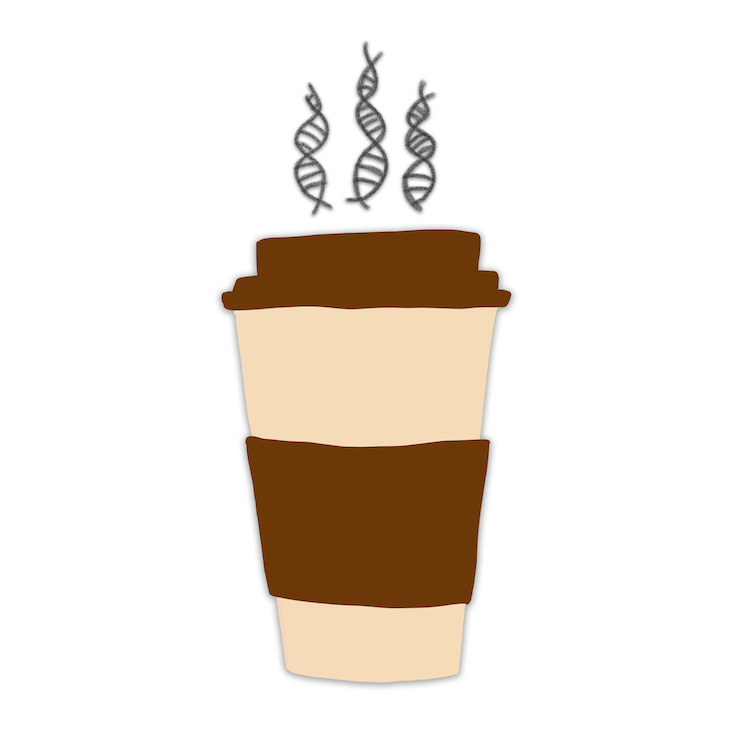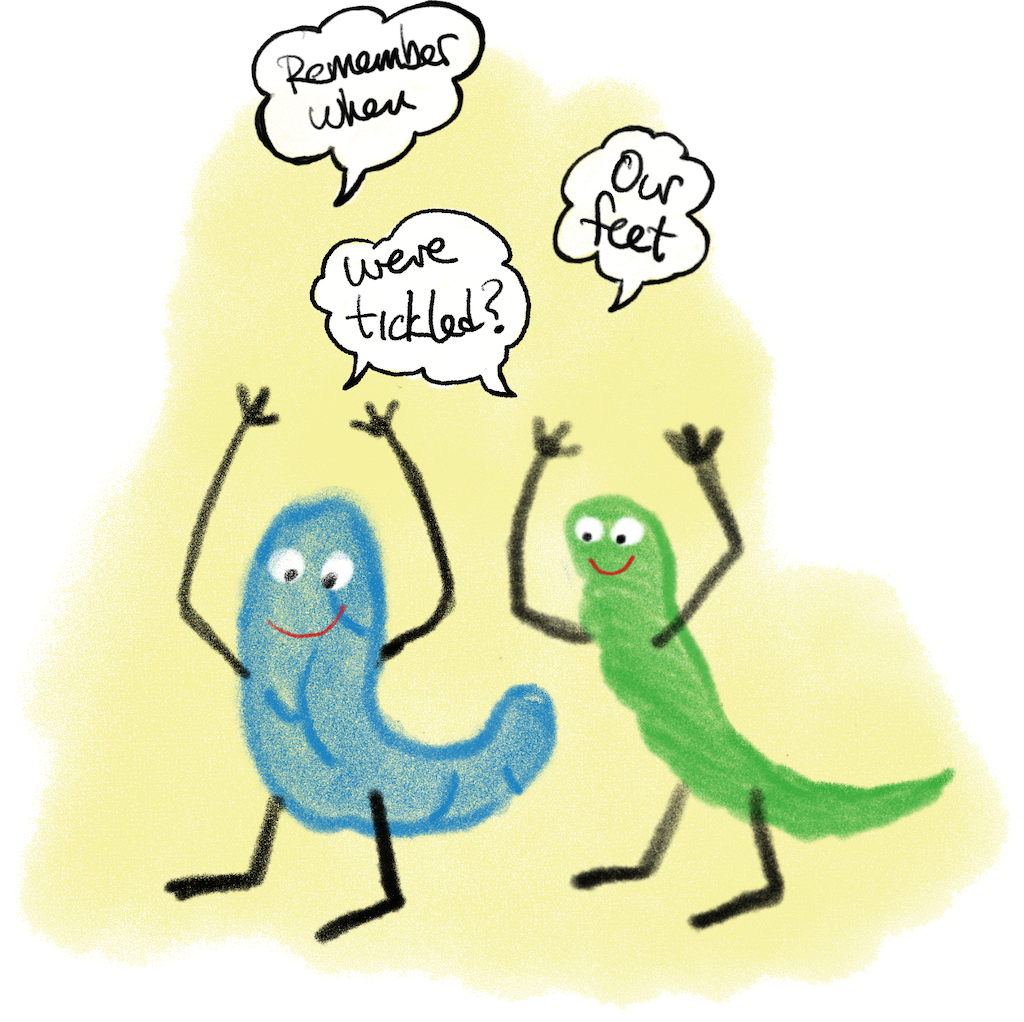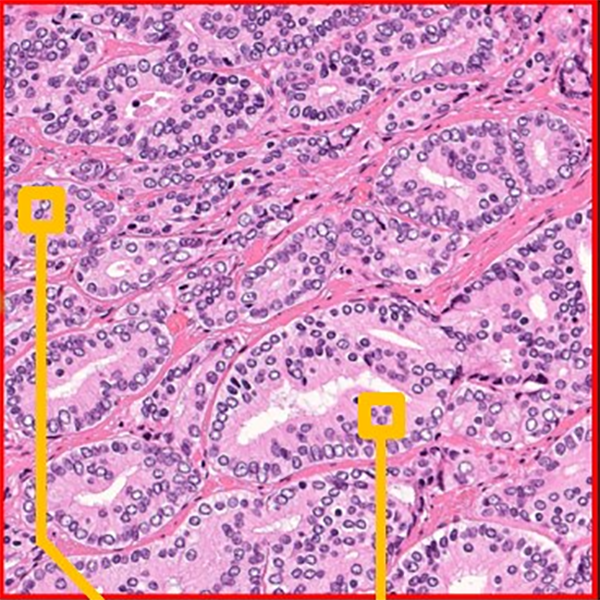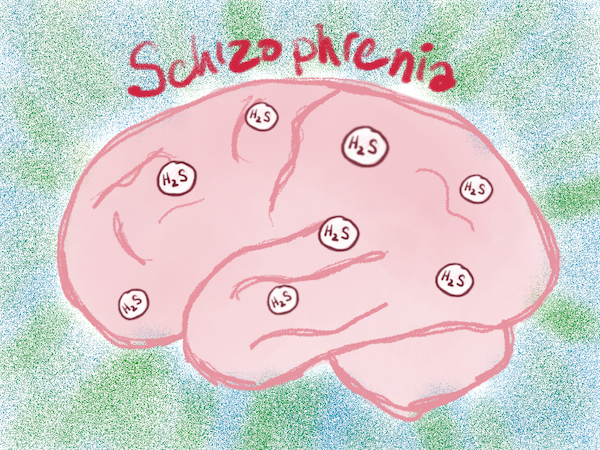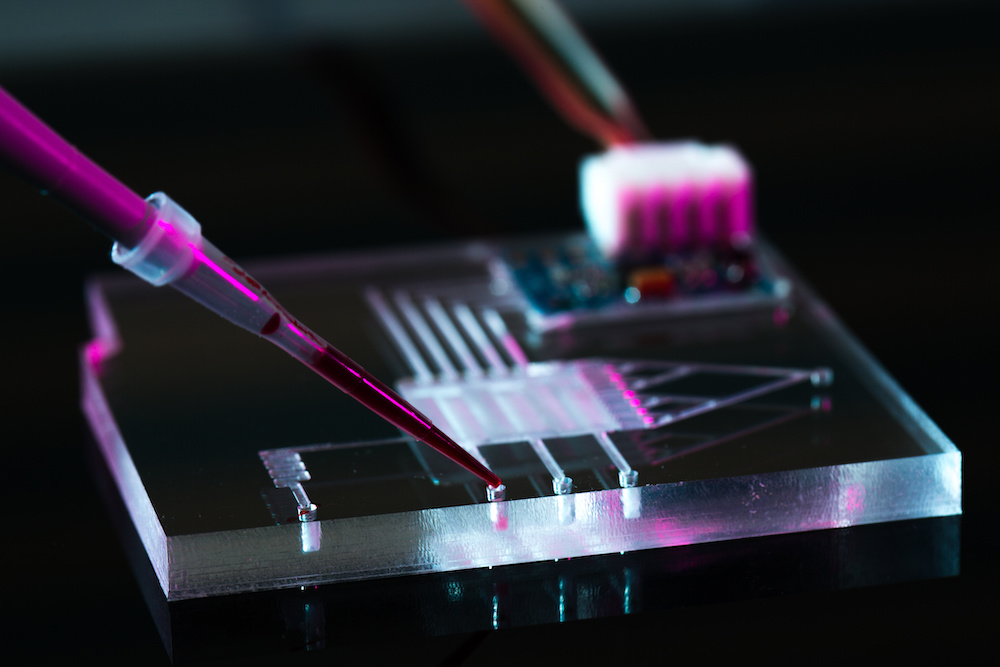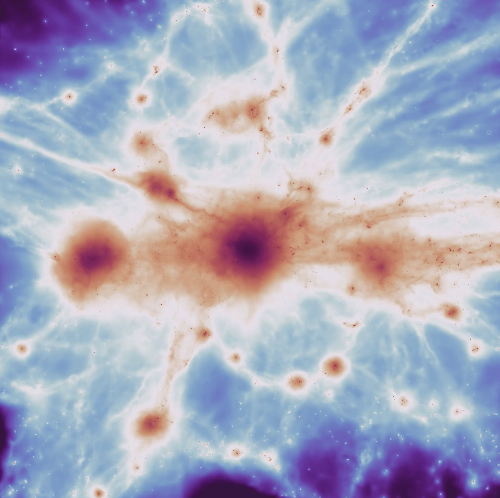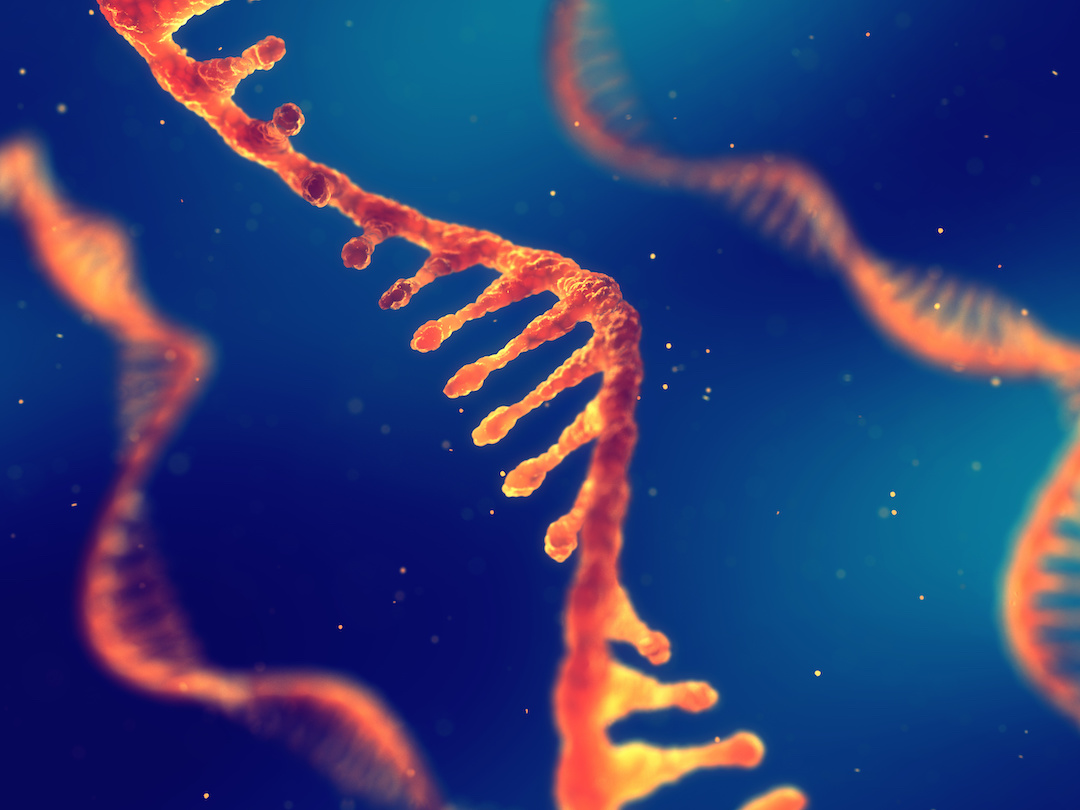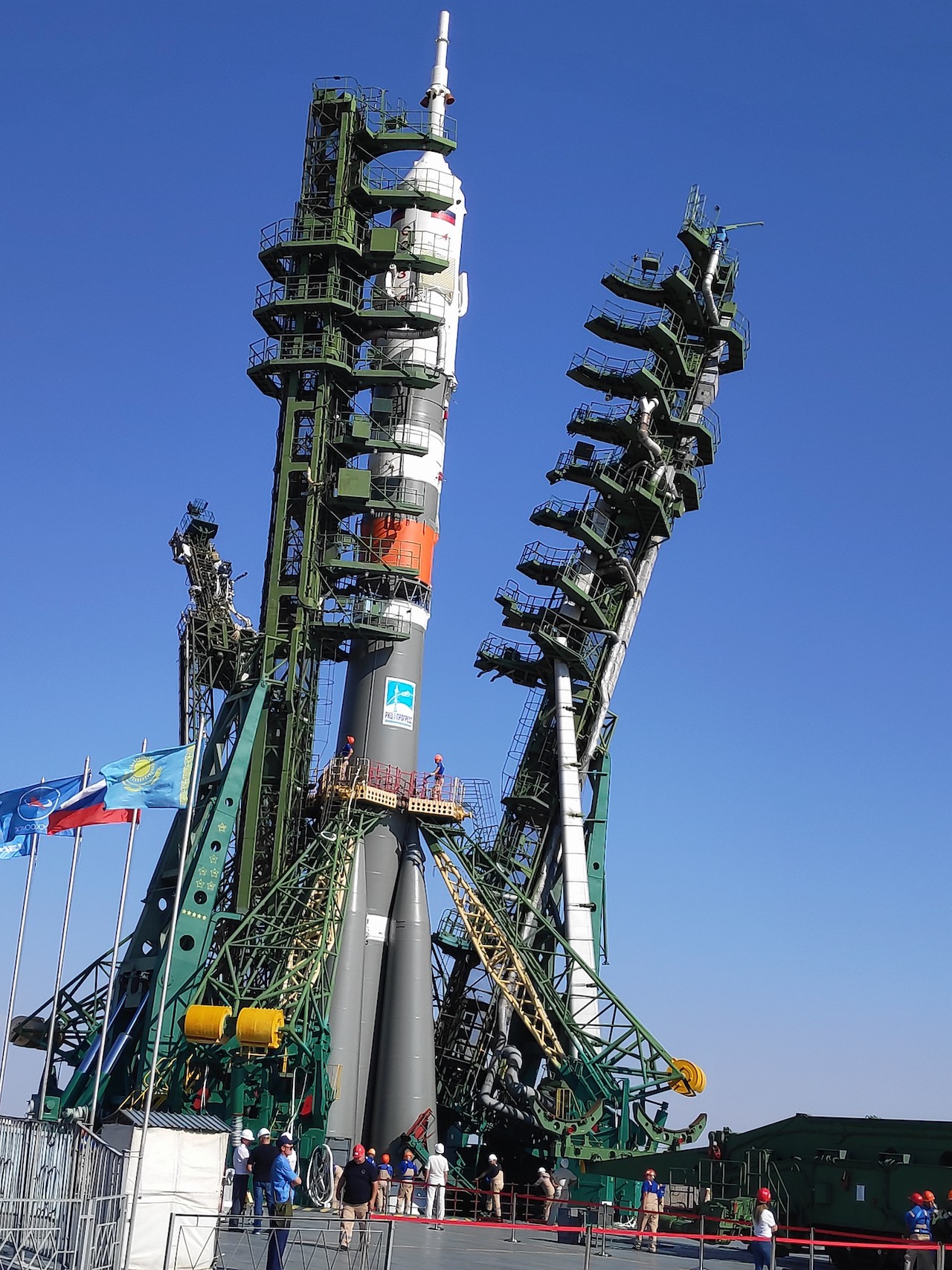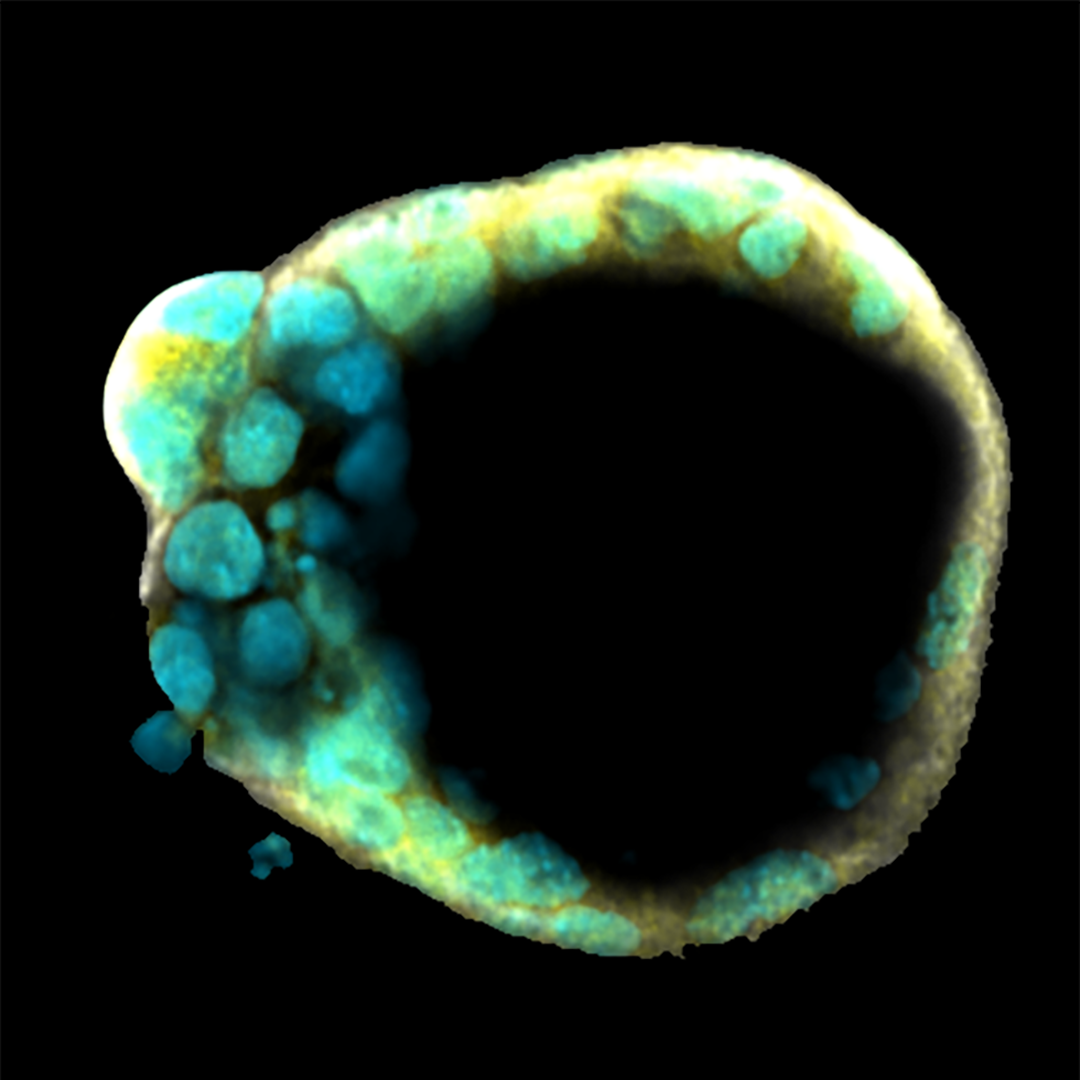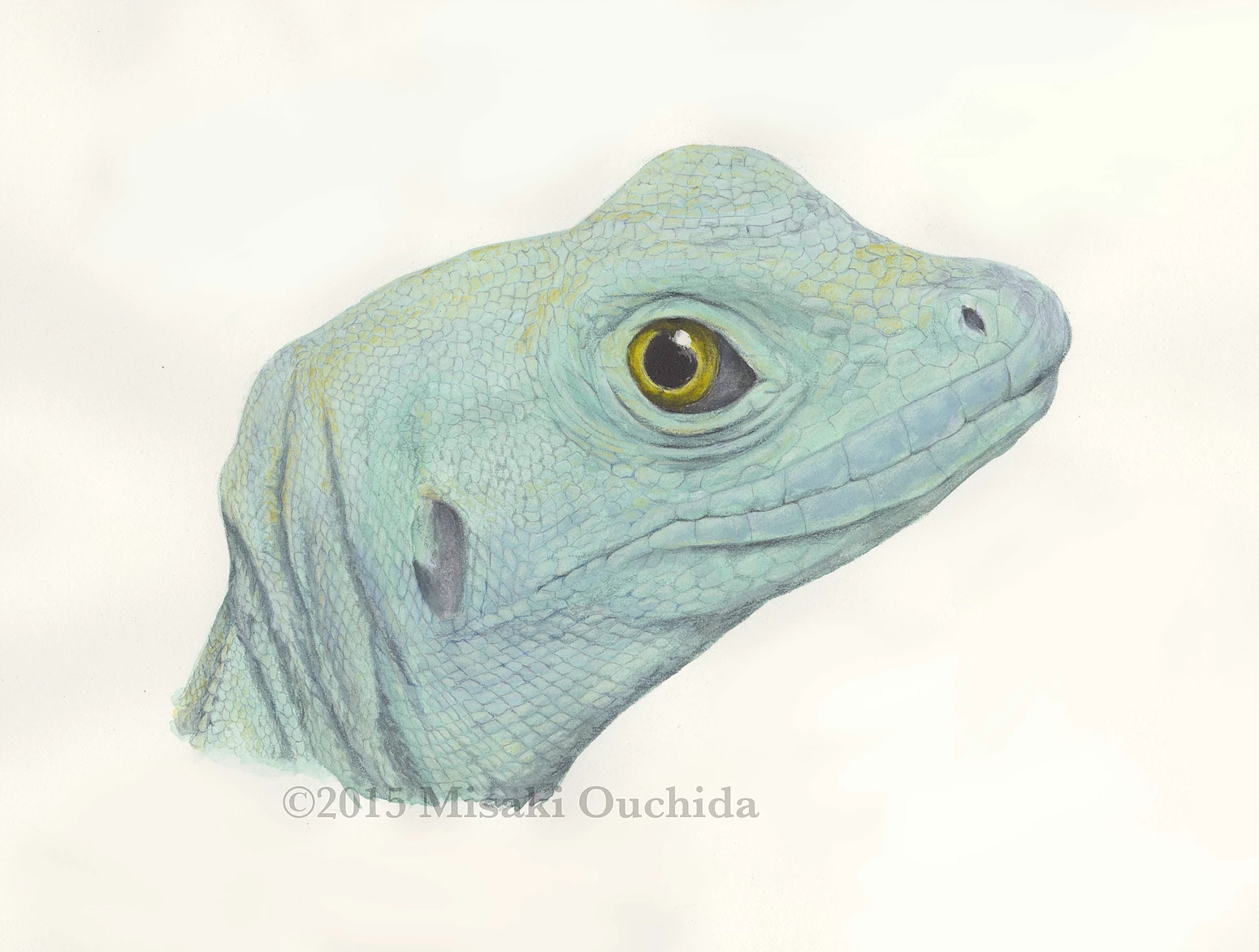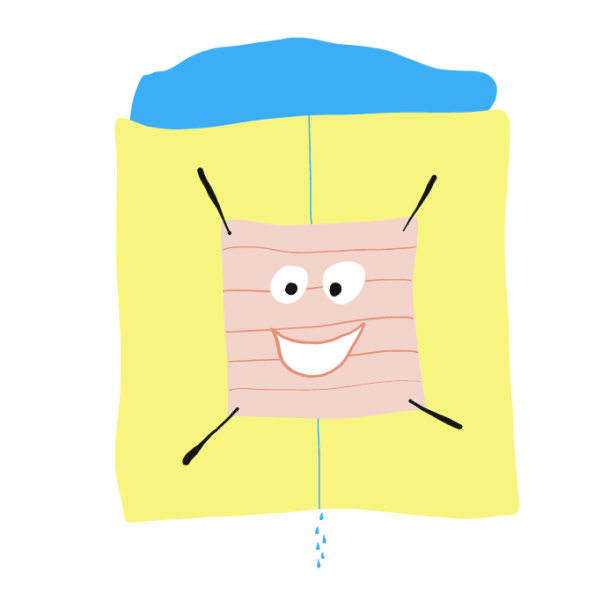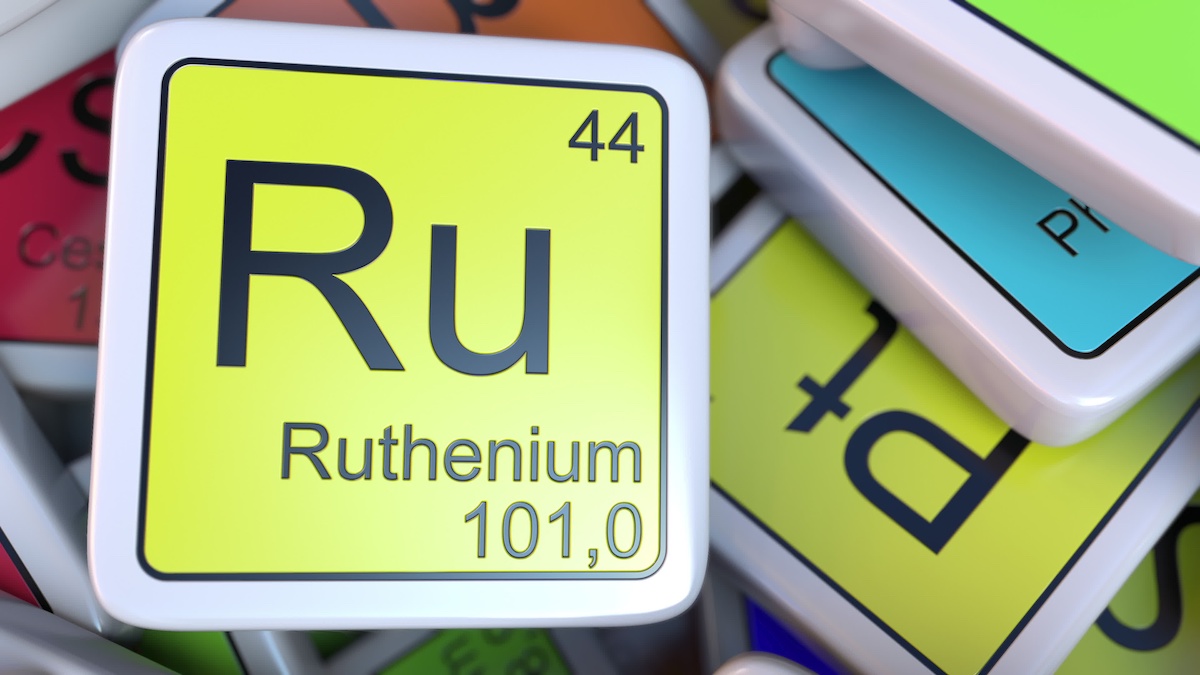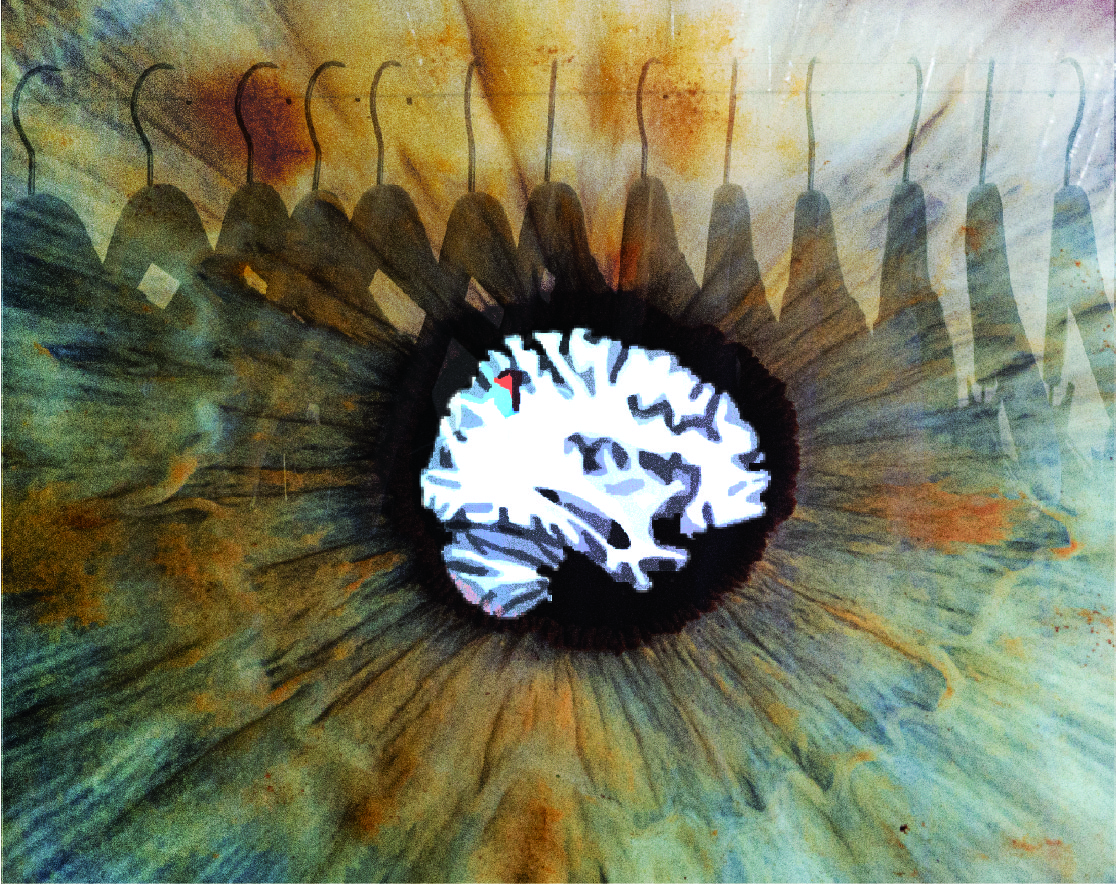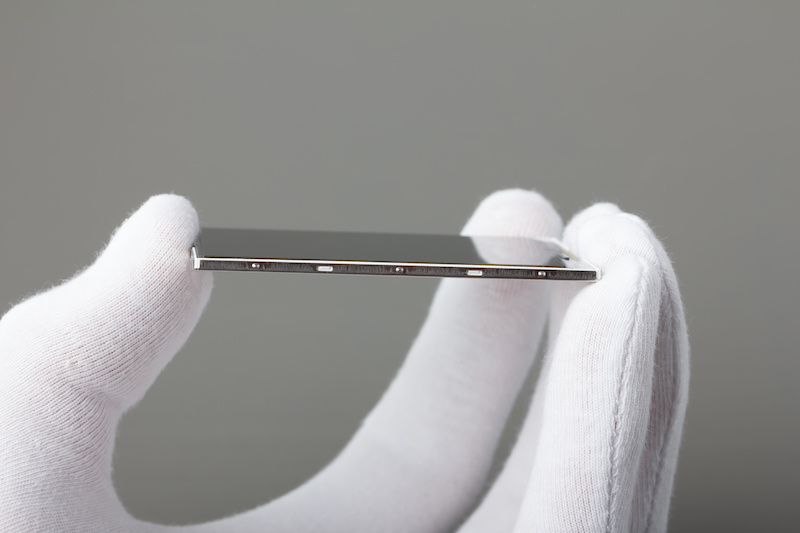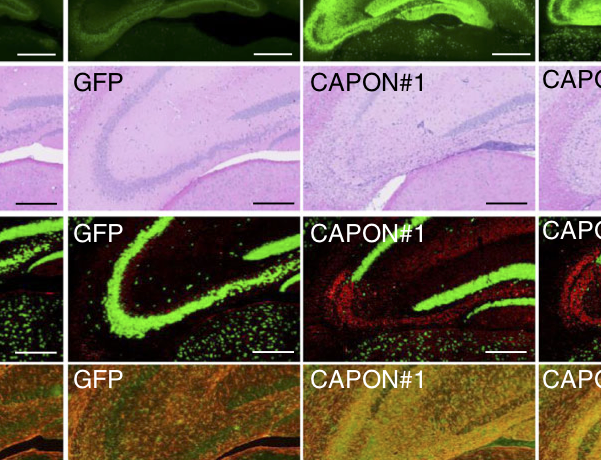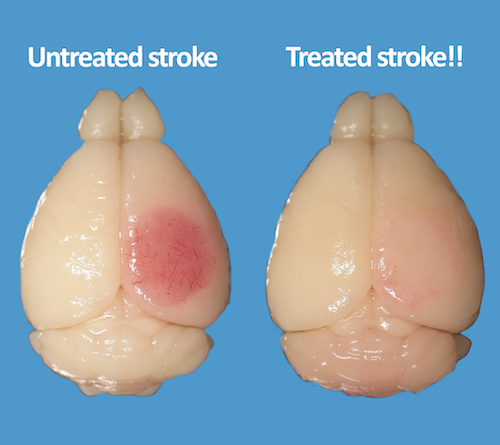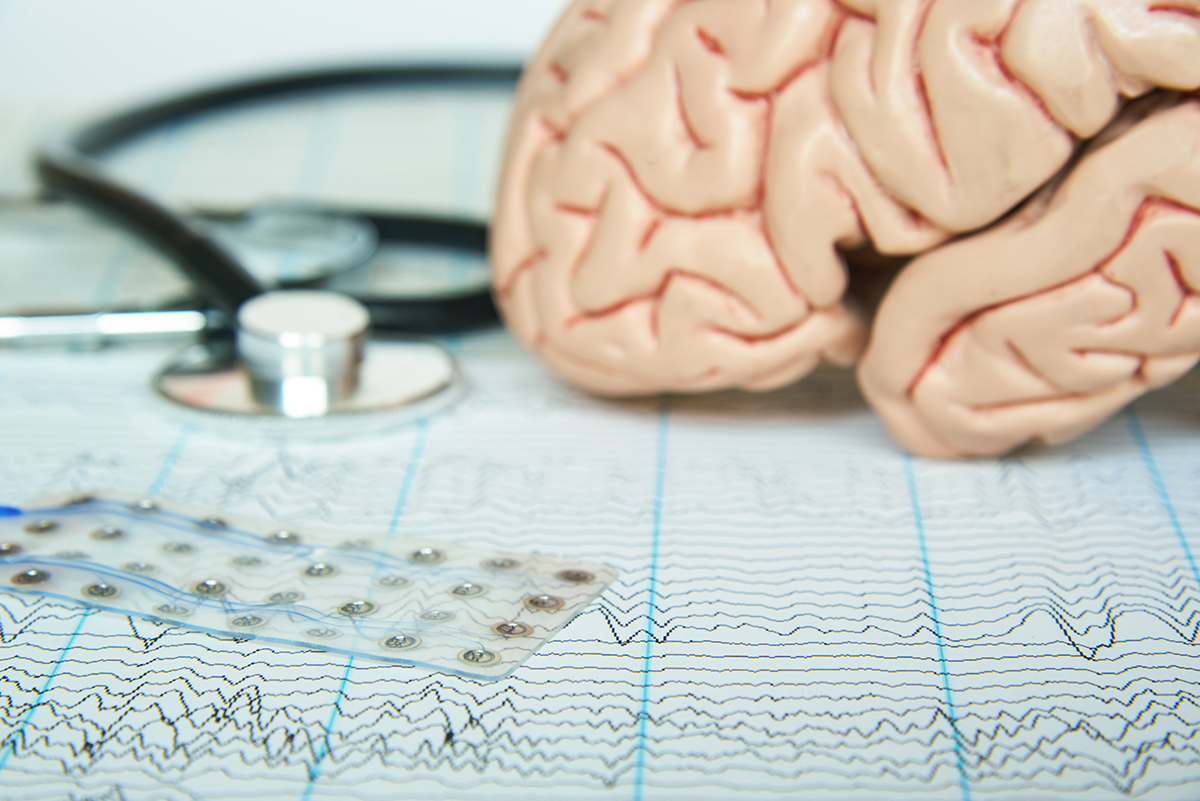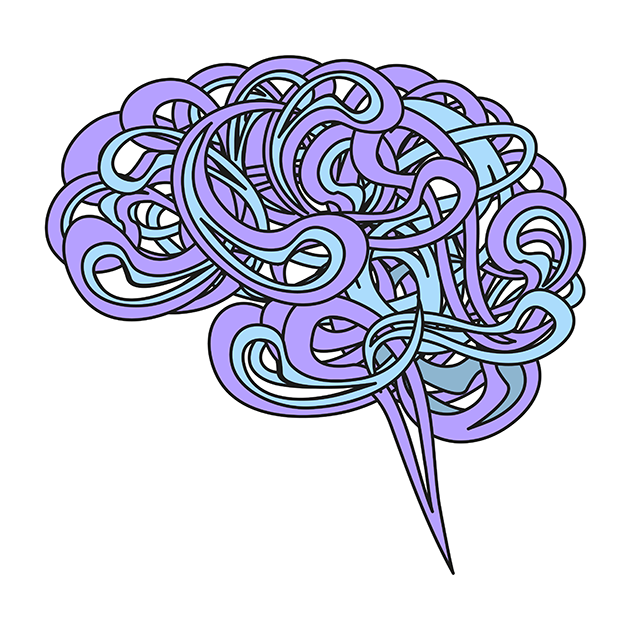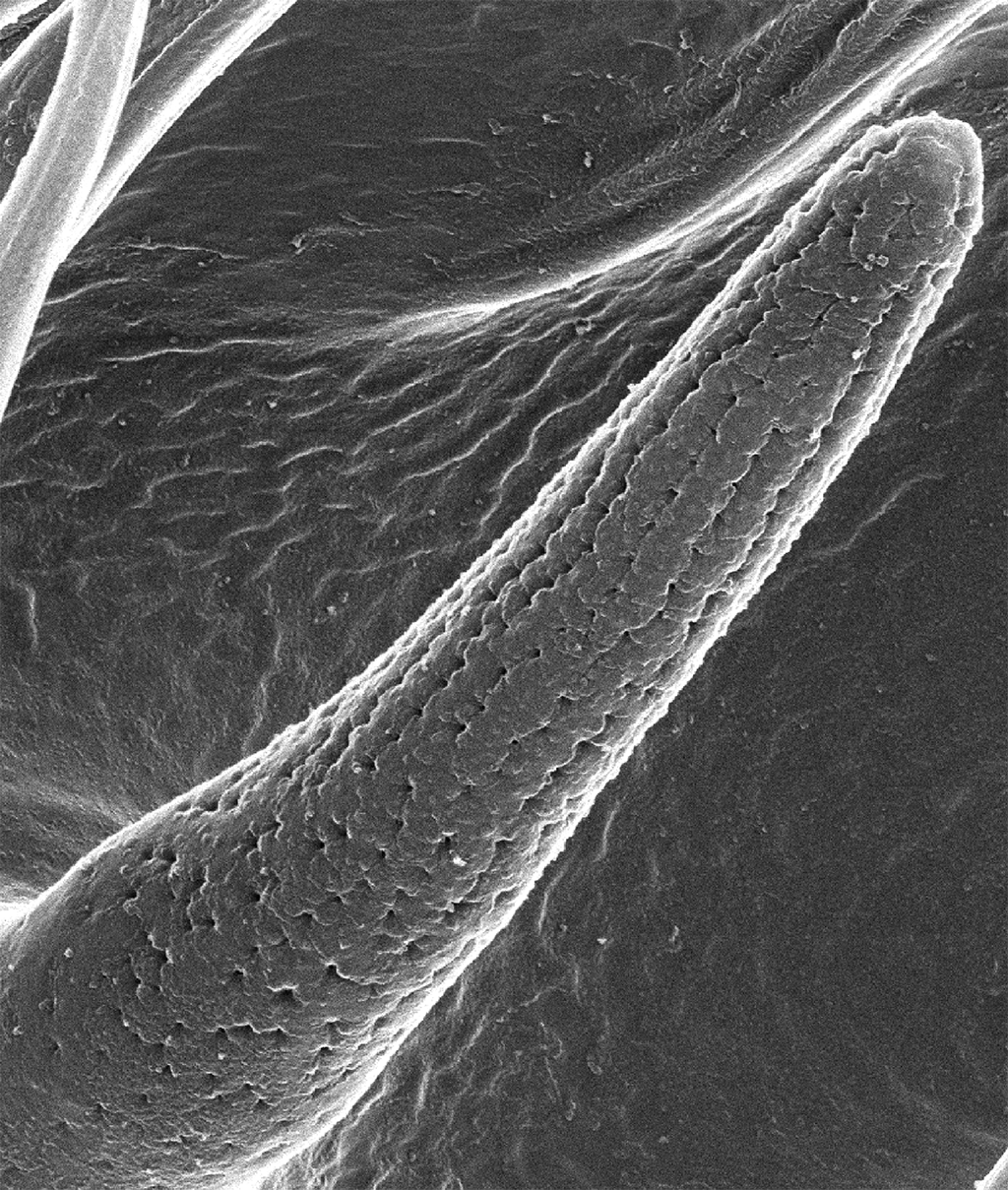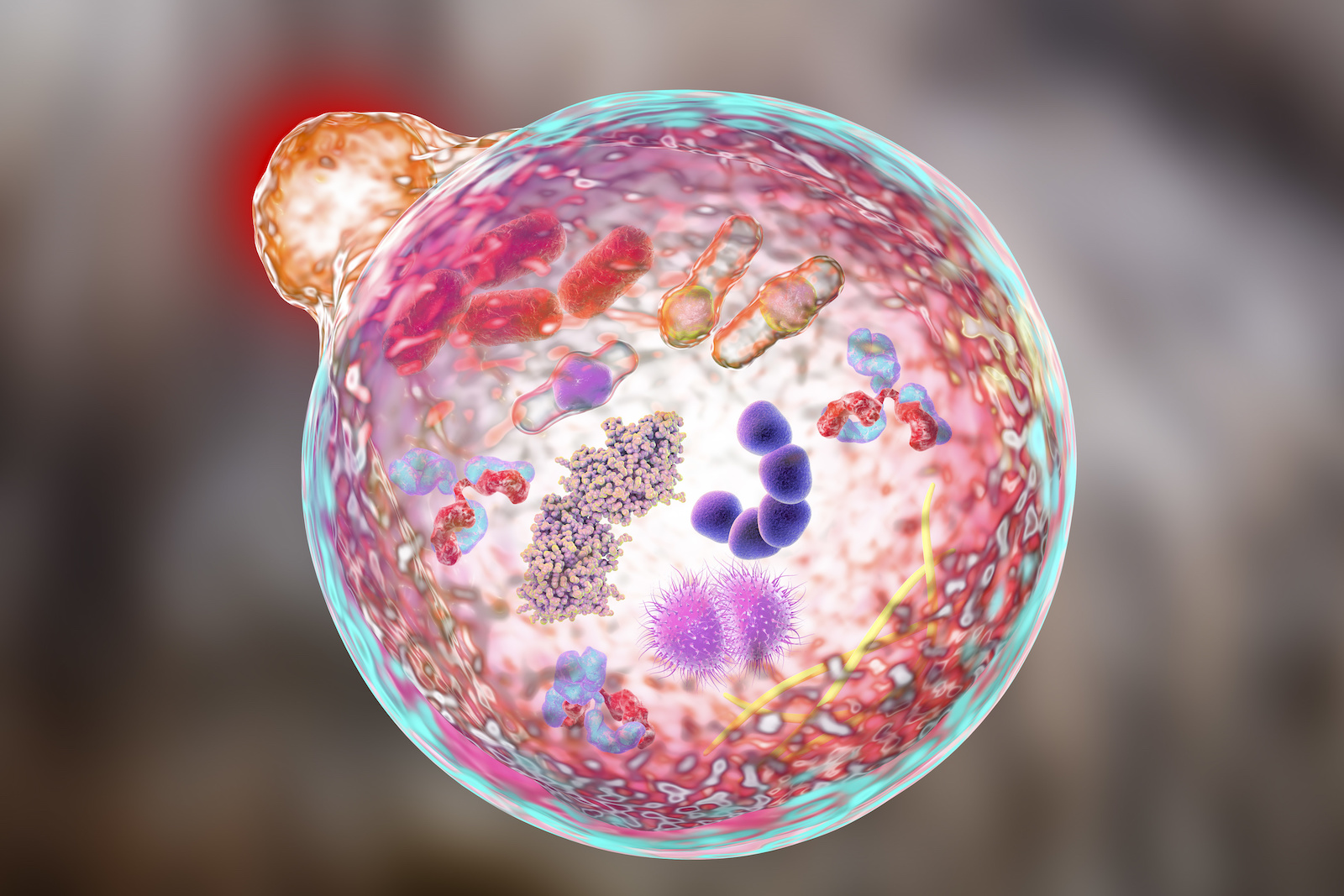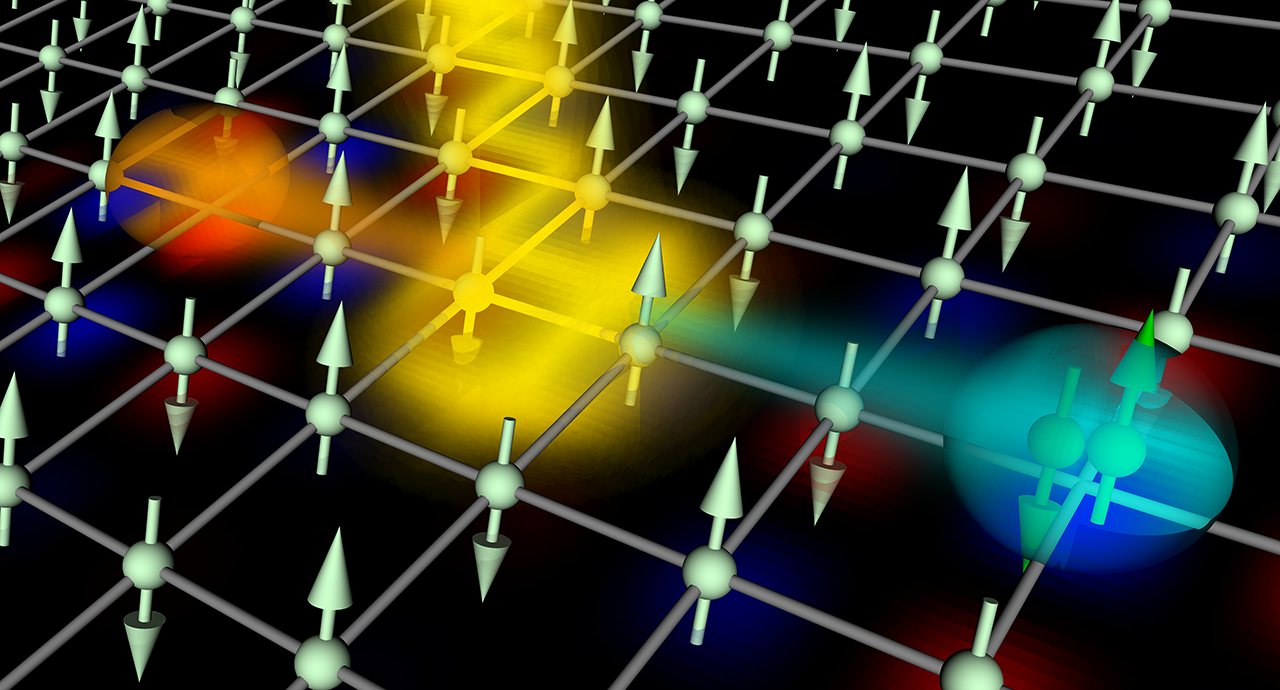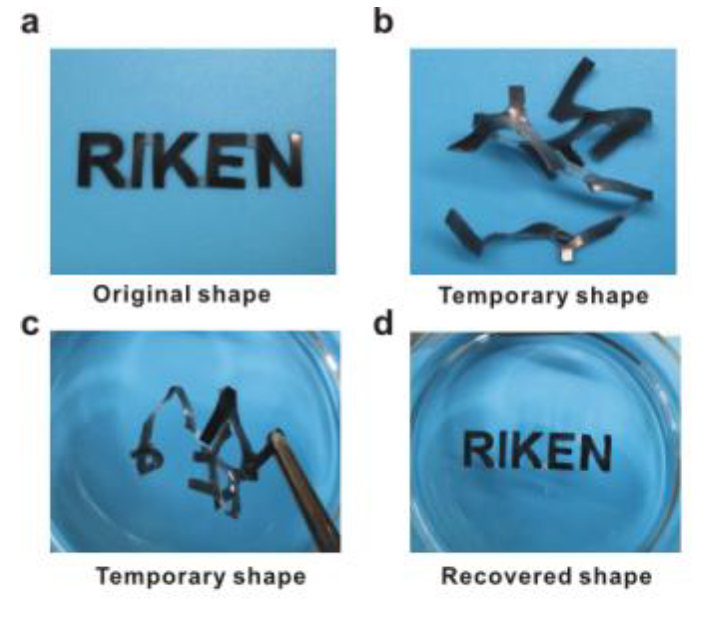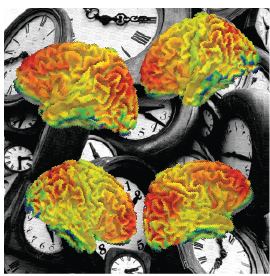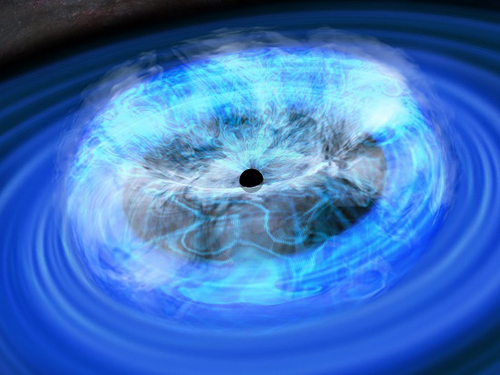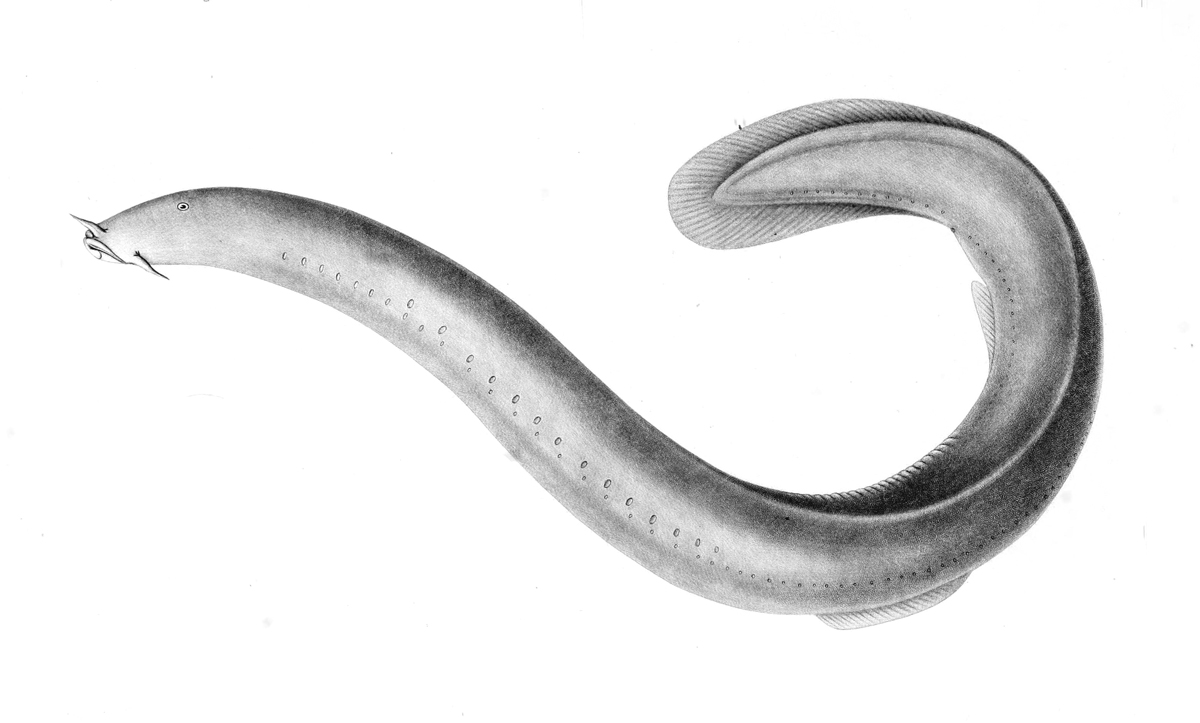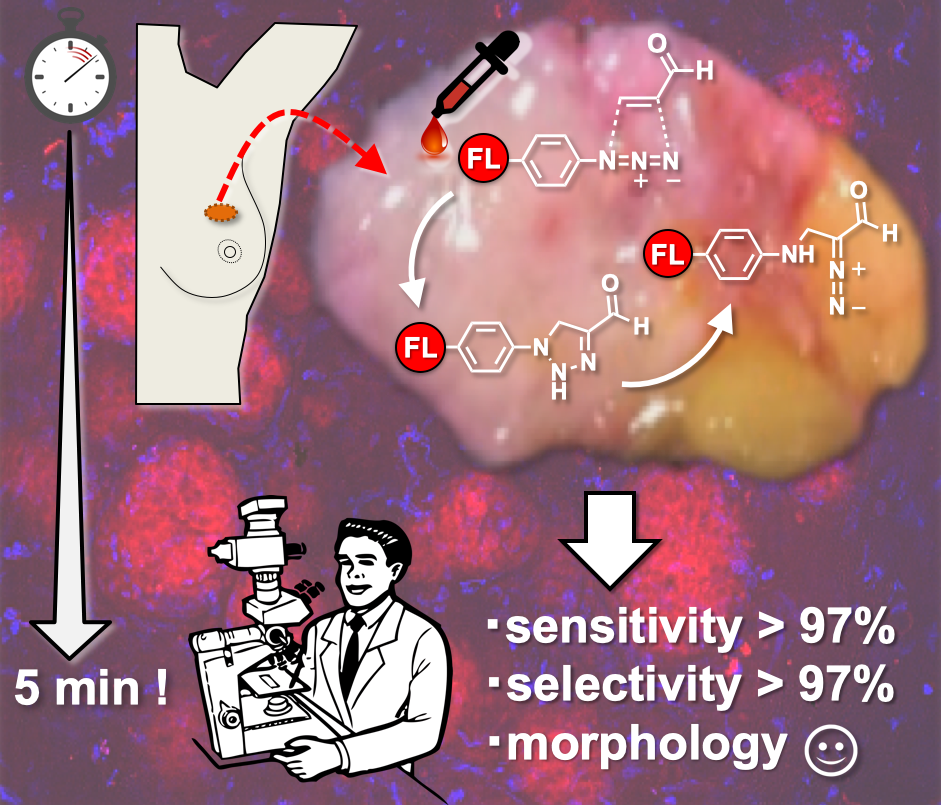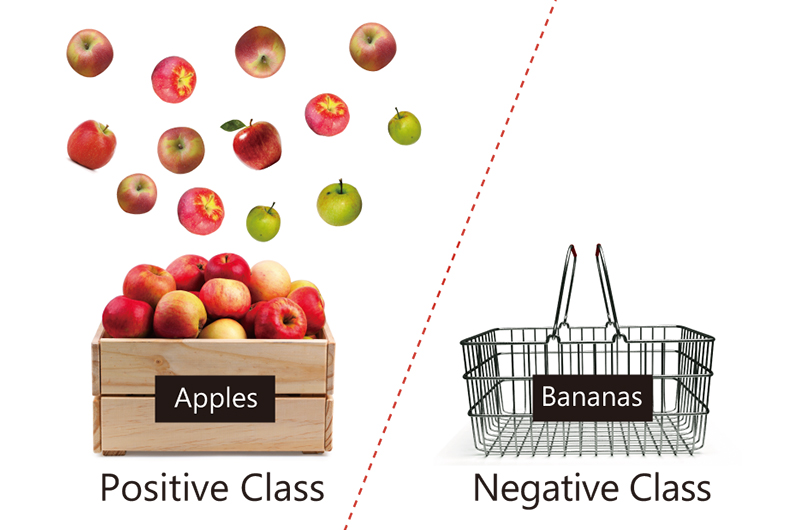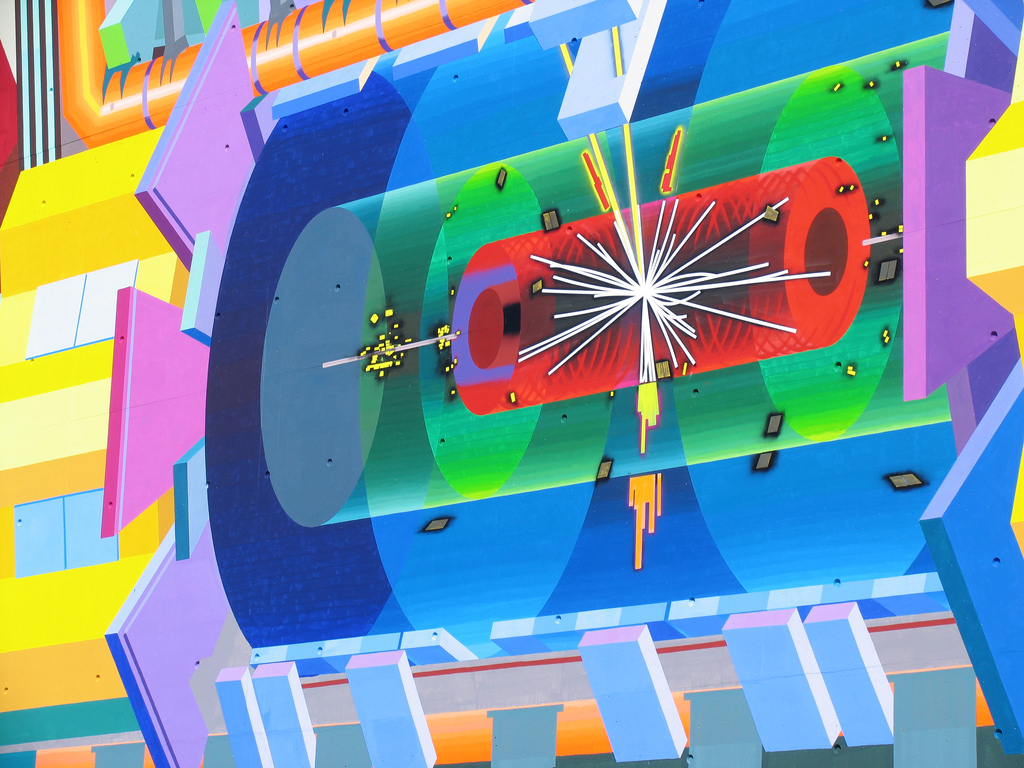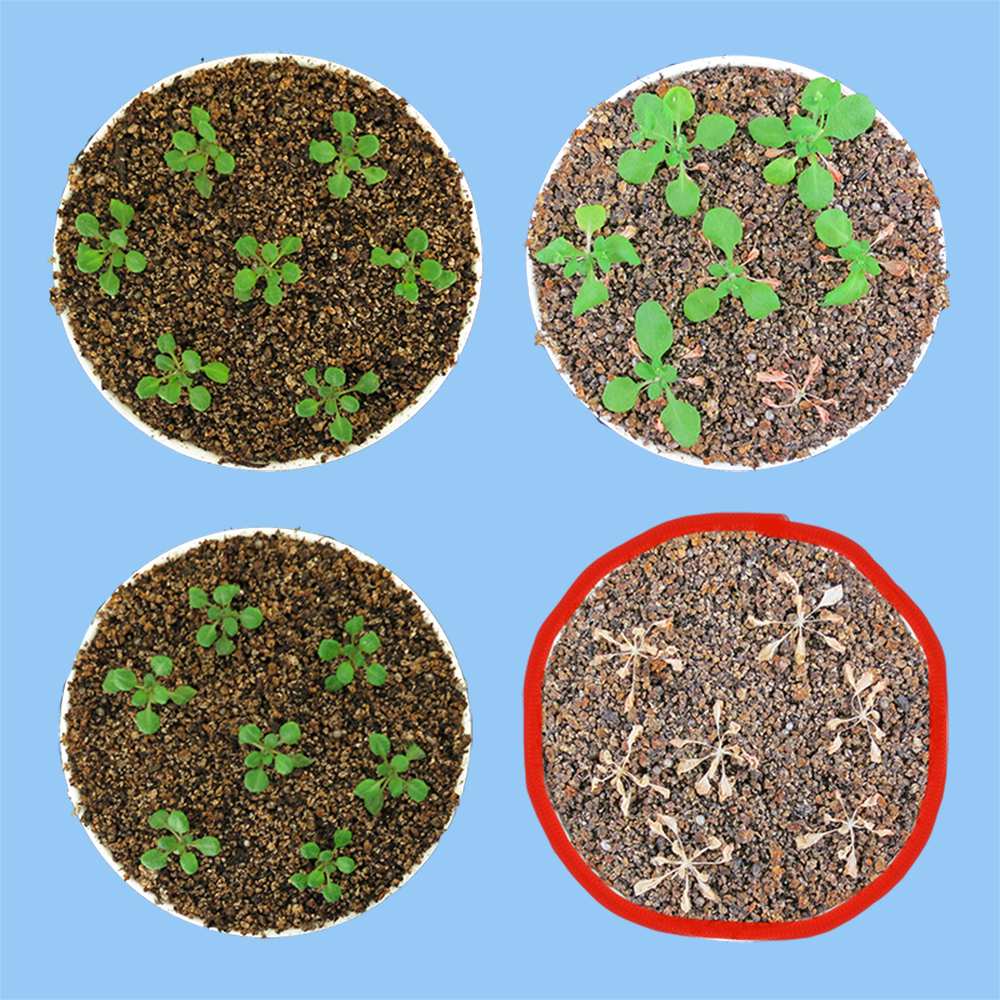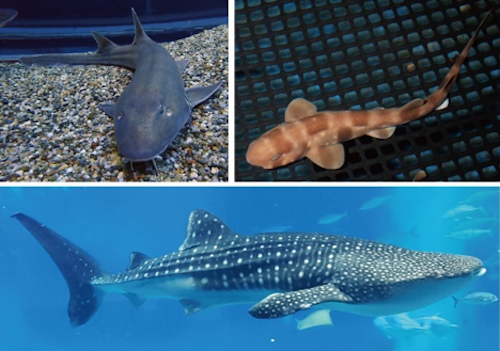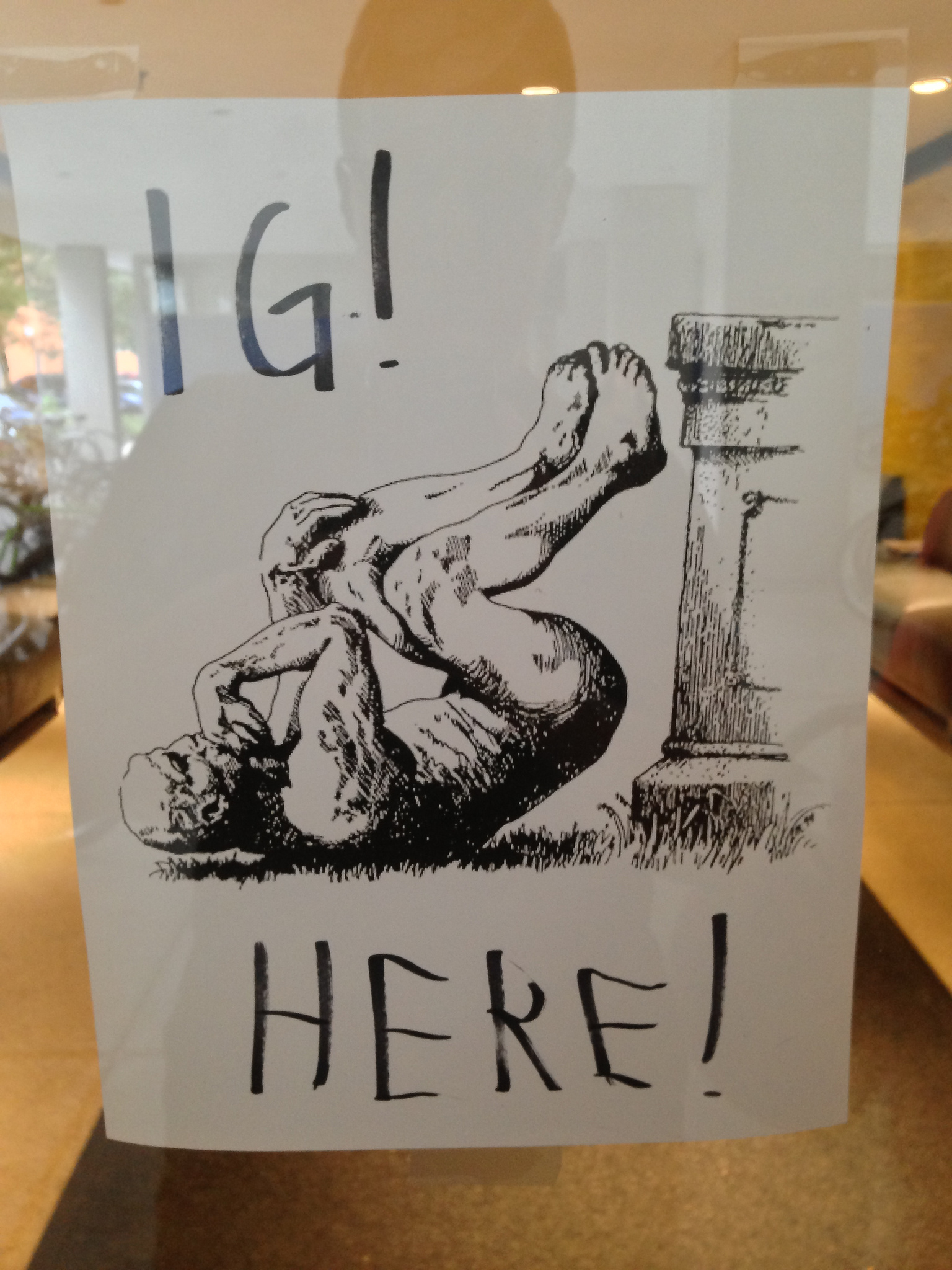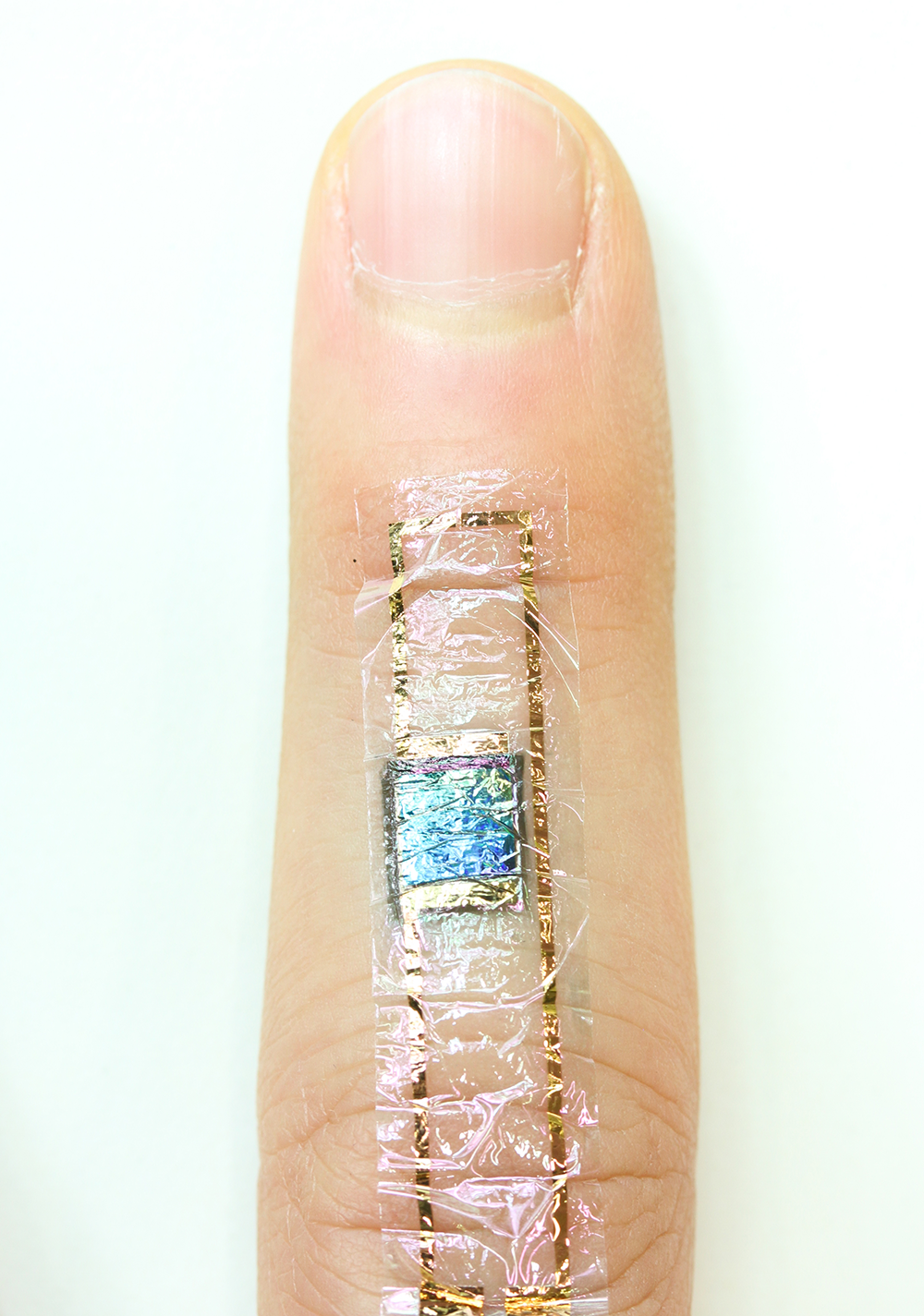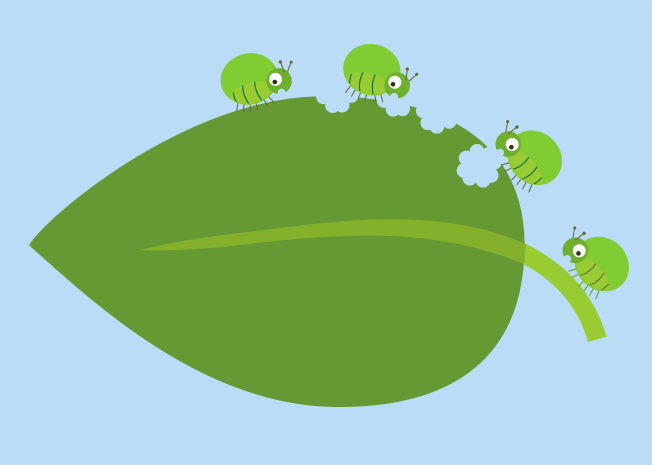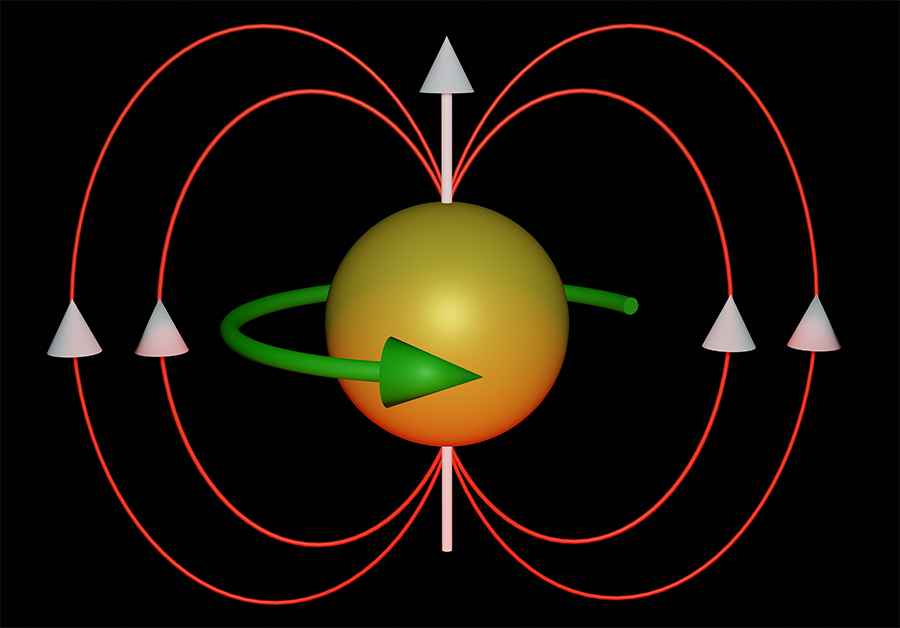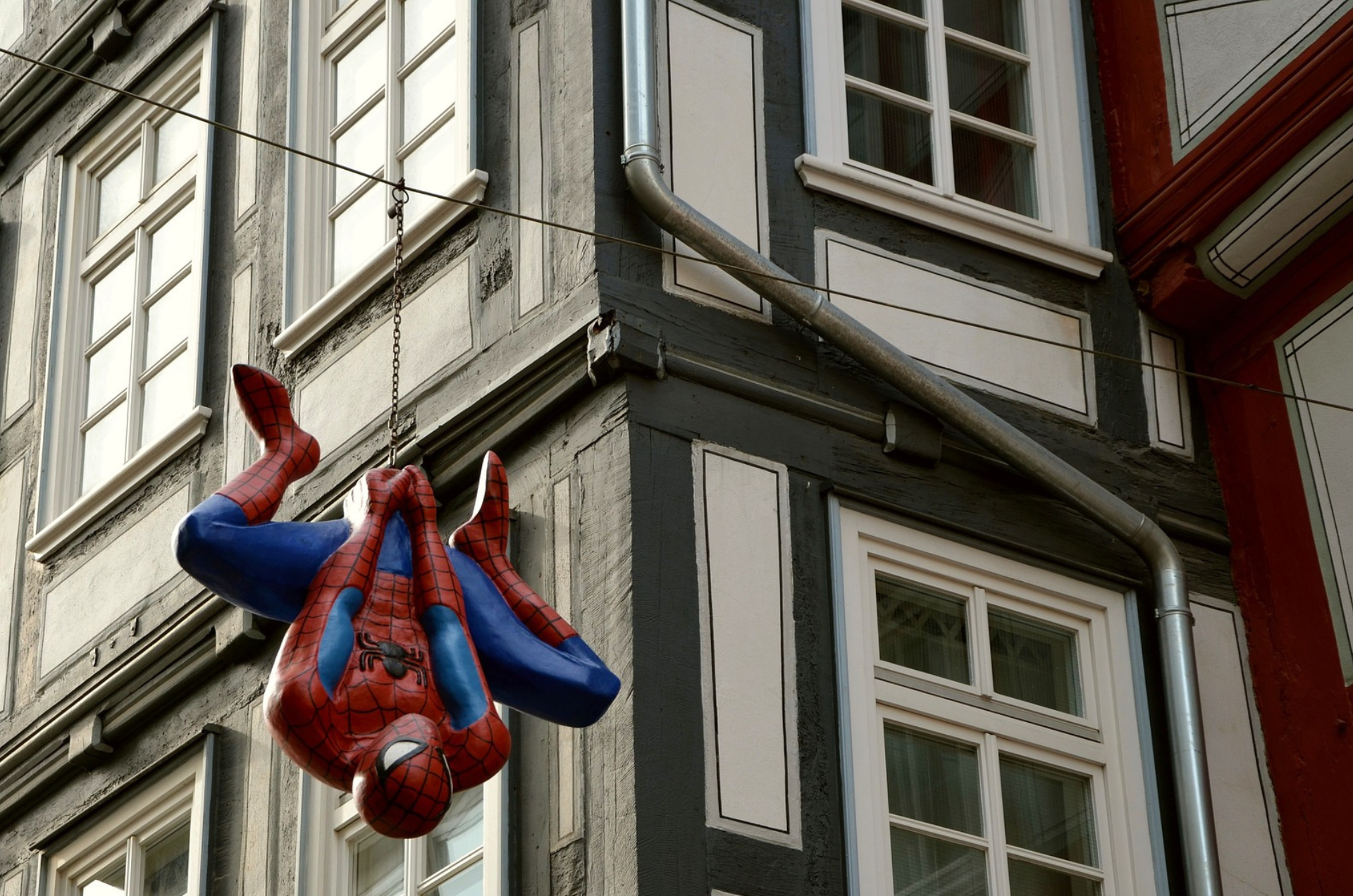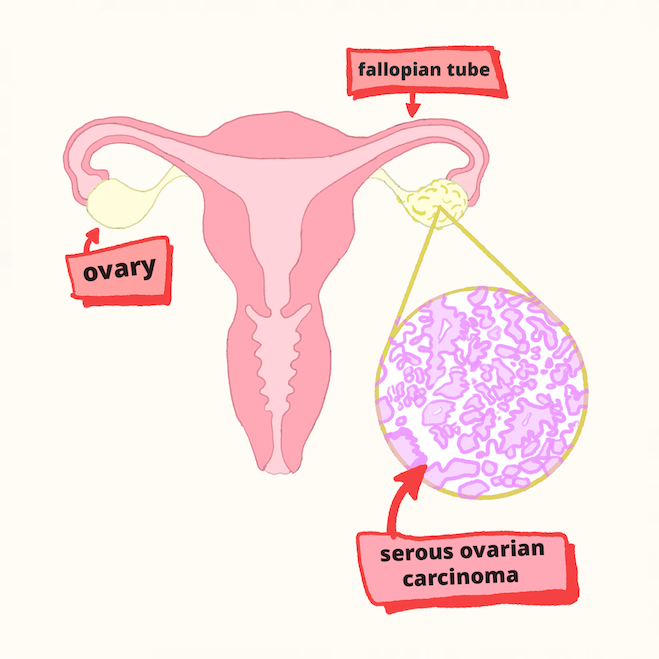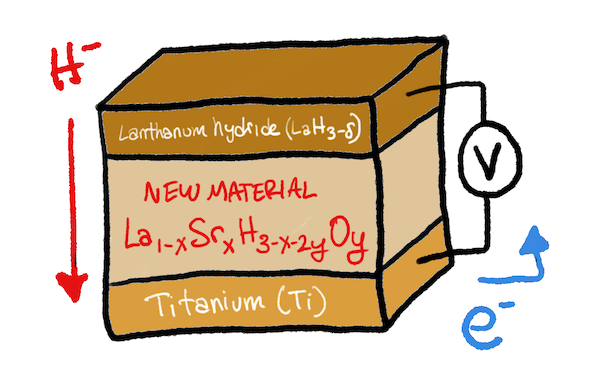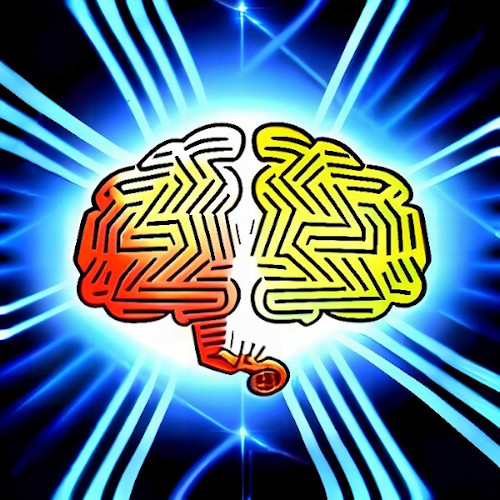Latest research animations
Self-assembly of spider silk
This gut microbe might protect against diabetes and reduce insulin resistance
NEW: One-way hydrogel guides motion of tiny worms!
Latest Posts
Are you “at risk” of being a habitual coffee drinker?
Astrocytes powered by norepinephrine during fear-memory formation
Brain wave synchrony can predict memory age
AI identifies features associated with cancer recurrence
Longevity in supercentenarians linked to cytotoxic T-cells
Schizophrenia biomarker (hydrogen sulfide) in human hair
Brain tissue kept alive for weeks with new microfluidic device
Massive filaments, galaxies, and supermassive black holes
Understanding non-coding DNA: gene “enhancers”
Mini-EUSO launched to the International Space Station ?
Implantable blastocyst‐like cysts grown from stem cells
Talking science Illustration with Misaki Ouchida
Cyborg microchip valve driven by earthworm muscle
Eating a high fat diet without getting obese?
New metalloenzyme system selectively targets cancer cells
Boosting betaine may be a treatment for schizophrenia
Gray matter volume links symptoms in autism
New mechanism allows lower energy requirement for OLED displays
CAPON links Alzheimer’s plaques to neurodegeneration
AdR blockers protect the brain from stroke damage
Trigger region found for epileptic absence seizures
Opto-OISI: imaging connections in the living brain
Flies smell through a gore-tex system
Protein pileup affects social behavior through altered brain signaling
The joys of computational mass spectrometry
Pulses of light can enhance superconductivity
Scientists create new type of self-healing material
Brain clock ticks differently in autism
Supermassive black holes still dark and mysterious
Evolution of the inner ear: insights from jawless fish
Tumor detection during breast cancer surgery
Smarter AI: machine learning without negative data
Nerdnite recap: When the brainbow met the boson
Mutations, CRISPR, and spinocerebellar ataxia
Gene regulator that allows plant rehydration after drought
Researchers create a functional salivary gland organoid ?
Getting a grip on slow but unique shark evolution
Ig Nobel awards: Silly experiments that strike gold
A self-powered heart monitor taped to the skin
Detecting pathogens: the evolution of plant immunity
Genomic “butterfly effect” involving TADs explains risk for autism
Heat used to transform antiskyrmions to skyrmions and back
Real webshooters? Synthetic spider silk spun from artificial gland
Omics Omics Omics: Analysis predicts ovarian cancer-treating drug
First hydride-ion battery that works at room temperature
Plants to the rescue: cleaning up our dirty soil
Stolen genes used for parasitic mind control
Machine learning contributes to better quantum error correction
May
22
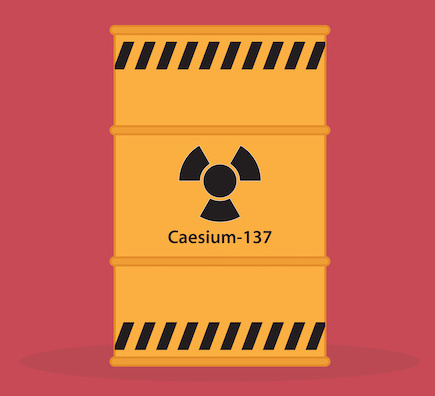
Root growth improved in soil contaminated with cesium
Overactivating the ABA signaling pathway in plants prevented cesium in soil from blocking root growth in plants.
May
17

Japanese people are a mixture of three separate ancestral groups
A new study shows that the current Japanese population is derived from 3 ancestral groups, one of which brought Denisovan DNA to the party.
May
13

Space Café Tokyo explains sus sci-fi media
Our very own Kelly writes about how much fun she had at Space Café Tokyo. Softcore science and beer.
May
10
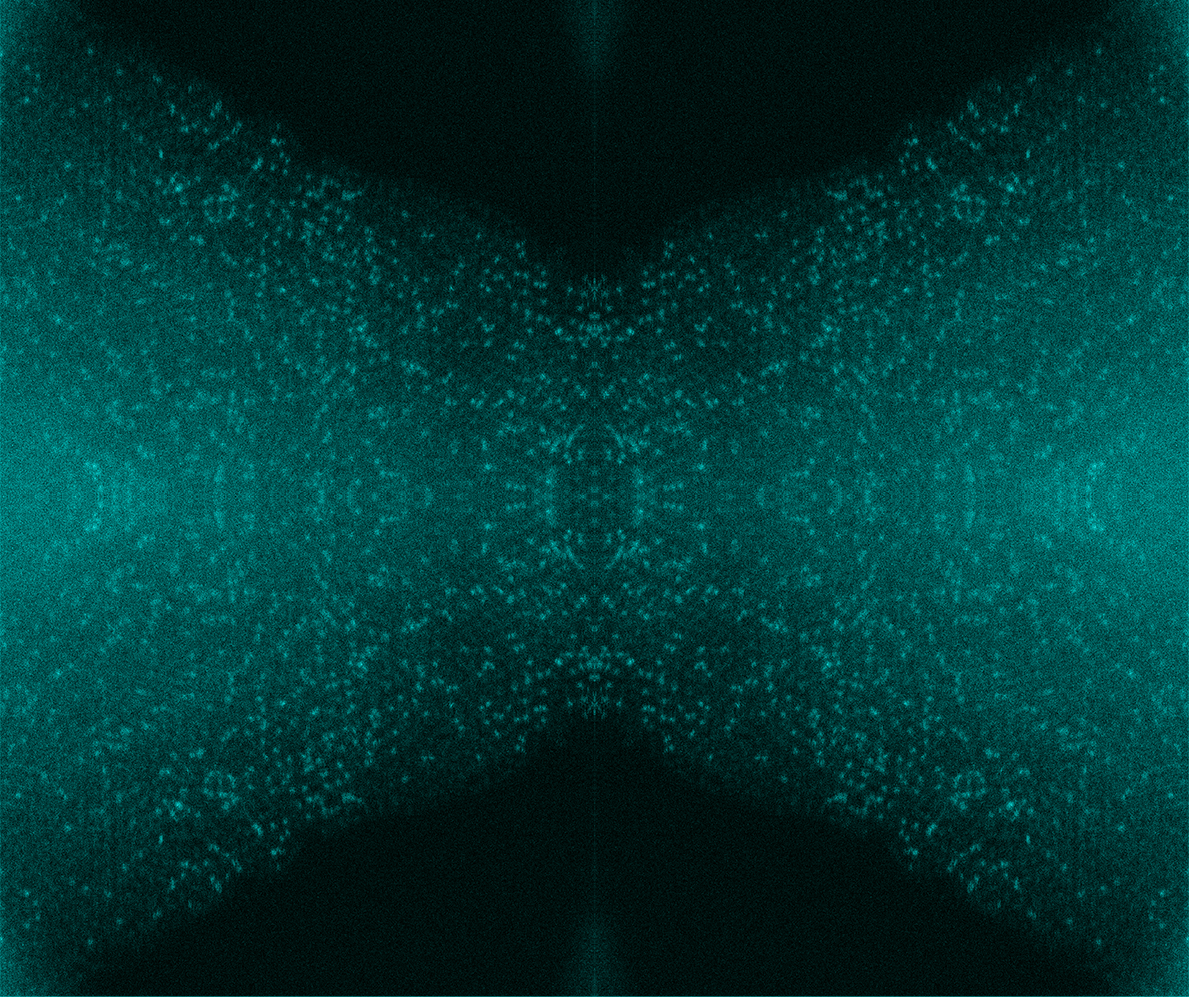
Recipe for hydrogen: sprinkle manganese oxide with iridium atoms, add water
A few iridium atoms also go a long way. When sprinkled on manganese oxide, hydrogen is produced with 95% less iridium!
May
6
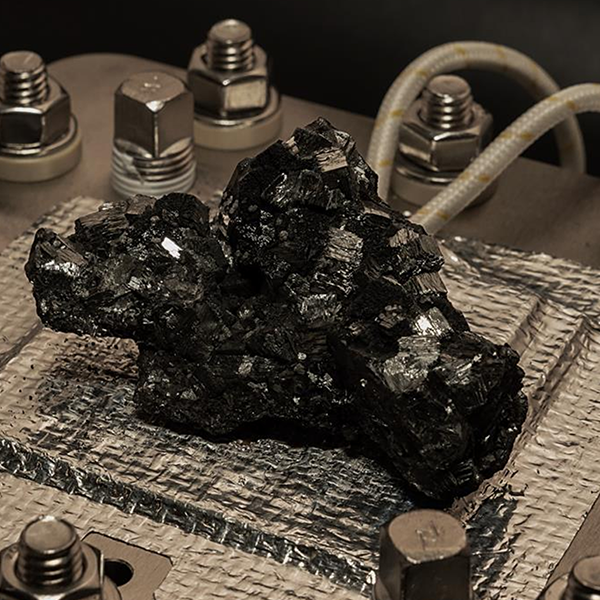
Stable green hydrogen production in a PEM electrolyzer
A little structurally manipulated manganese goes a long way when using a PEM electrolyzer to make hydrogen from water.
Apr
24
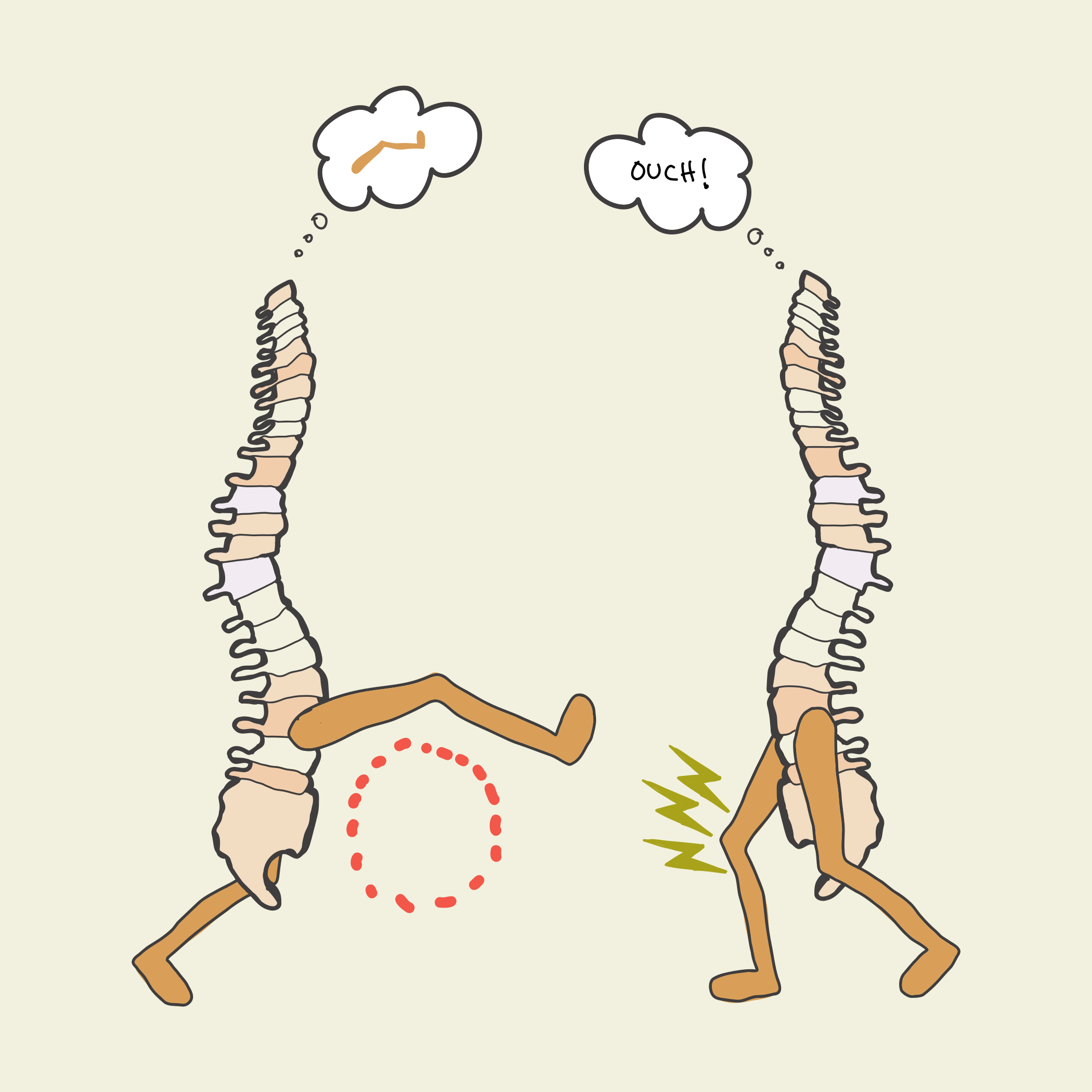
Brainless memory makes the spinal cord smarter than previously thought
The spinal cord learns how to direct limb muscles to avoid aversive sensations and recalls the memories using separate neural circuitry. Oh, and without a brain!

